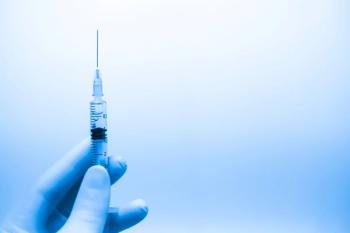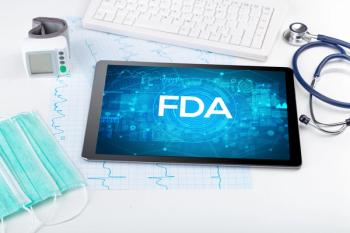
- April 2013 Allergy & Asthma
- Volume 79
- Issue 4
Report Offers Insight Into Global Biosimilars Market
The Generic Pharmaceutical Association suggests that a eport on the global biosimilar market demonstrates the need for action to make biosimilar versions of biologic medicines available.
A report on the global biosimilar market demonstrates the need for action to make biosimilar versions of biologic medicines available, according to a February 1, 2013, statement by Ralph G. Neas, president and CEO of the Generic Pharmaceutical Association (GPhA).
“As proven with traditional chemical prescription drugs, competition from biosimilars in the biologics market will result in lower costs for patients and payers,” Neas said. “GPhA urges the FDA to move expeditiously in developing the biosimilar approval process to assure timely availability of safe, effective and less-costly biosimilar medicines.”
Bio-dynamism: Insights Into the Biosimilars Market: An Overall Perspective, released by Grant Thornton India LLP on February 1, 2013, covers the biosimilars market in Europe, the United States, and several other key countries. It explains that the combination of rising health care costs, the coming patent cliff, and slow development of traditional generic drugs has made the development of biologics a promising area for growth, with an expected global market value of $3.7 billion by 2015.
The patent cliff, in particular, is expected to drive development and collaboration throughout the world, the report noted. Biologic patents worth $54 billion are set to expire between 2011 and 2020, creating a potentially lucrative market for generics manufacturers. Lower manufacturing and treatment costs and the opportunity for increased collaboration among pharmaceutical companies are also expected to drive growth.
Manufacturers are already entering collaborative agreements, with 15 brand-name and generic alliances having been formed in 2012. Of the collaborative agreements cemented from 2009 to 2012, 40% originated in the United States, followed by Europe (18%), India (12%), Japan (12%), and South Korea (12%). The United States also leads in development potential, with a 45% share in all targeted alliances.
The industry is not without challenges, however. Product differentiation, requirements for biosimilar and original product interchangeability, manufacturing costs, and facility and manufacturing requirements that are more stringent than those for traditional drugs are among the hurdles faced by traditional generic drug manufacturers interested in entering the biosimilars market. The process for creating biologic medicines is far more elaborate than that for traditional drugs, with high sensitivity to physical factors and a heightened threat of contamination during manufacture. Modifications to the Public Health Service (PHS) Act created a framework for approval of biosimilars. According to these modifications, a biologic medication is considered biosimilar if it is highly similar to a brand-name biologic medicine. However, biosimilars are allowed to have minor differences in clinically inactive compounds under some conditions.
FDA draft guidances on biosimilar products were issued in February 2012, and a public comment meeting was held on May 11, 2012. These guidances cover the process of establishing that a proposed product is biosimilar to an existing product; the importance of analytical, physico-chemical, and biologic characteristics in establishing biosimilarity; and common questions regarding development of biosimilars.
Biologic medicines are the only available treatment for certain conditions, but their price can be prohibitive for many patients, Neas said in his statement. With the expiration of patents on a number of brand-name biologics, the potential savings from biosimilar versions could help with the ongoing push to control health care costs.
“The report noted that over the next 4 years (by the end of 2016), brand biologics with $40 billion in US sales will come off patent,” Neas said in his statement. “Combining that number with the more than $20 billion in brand biologics that are already off patent, this represents more than $60 billion in annual spending in the US. Even with the most conservative estimates, this report shows that biosimilars hold the potential to save $20 billion annually. At a time when policy makers are in dire need of healthcare savings, we cannot afford to leave $20 billion on the table.”
Articles in this issue
over 12 years ago
Pharmacy Law: What's in a Name? A Potential Lawsuit!over 12 years ago
Obese Mothers Face Elevated Risk of Heart Attack, Strokeover 12 years ago
Average Caloric Intake in the United States Declinesover 12 years ago
Asthma Plus Three: Aspirin-Exacerbated Respiratory Diseaseover 12 years ago
Poll Reveals Parents' Blind Spots Regarding Kids' Weightover 12 years ago
TS: A Quiet Stormover 12 years ago
Examining the Risk of Pulmonary Embolism in Patients with Asthmaover 12 years ago
Diuretics, ACEIs, ARBs, and NSAIDs: A Nephrotoxic CombinationNewsletter
Stay informed on drug updates, treatment guidelines, and pharmacy practice trends—subscribe to Pharmacy Times for weekly clinical insights.


















































































































































































































